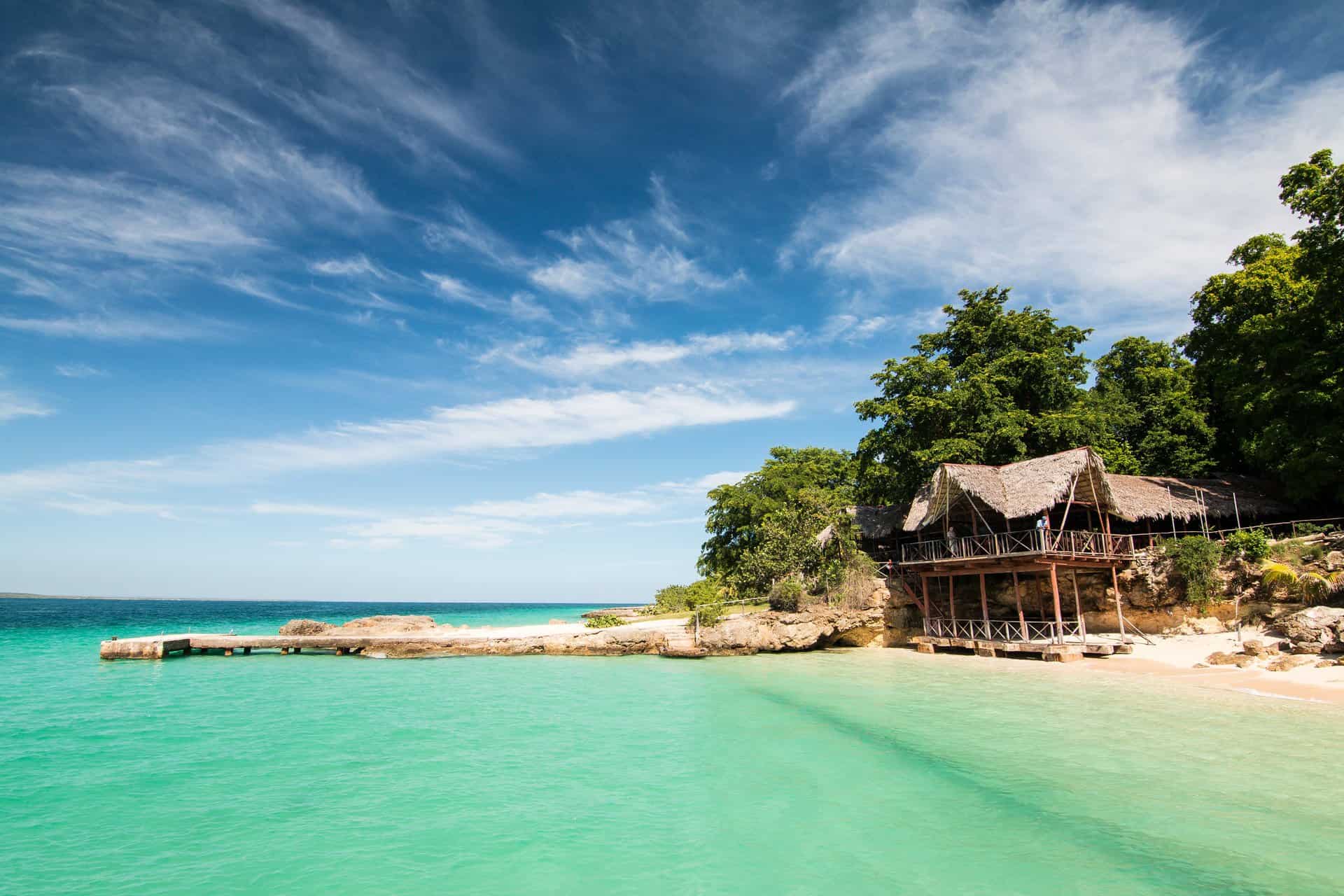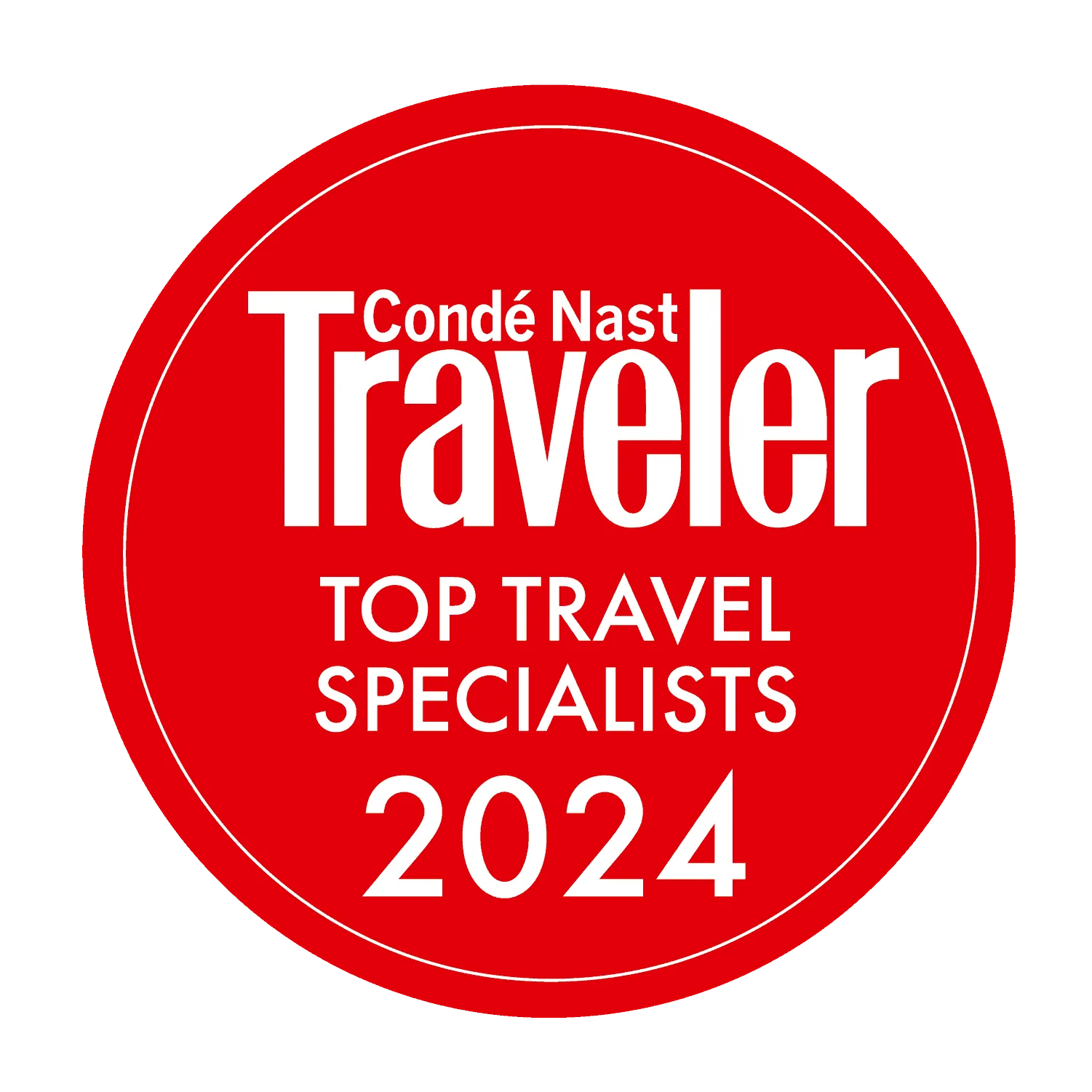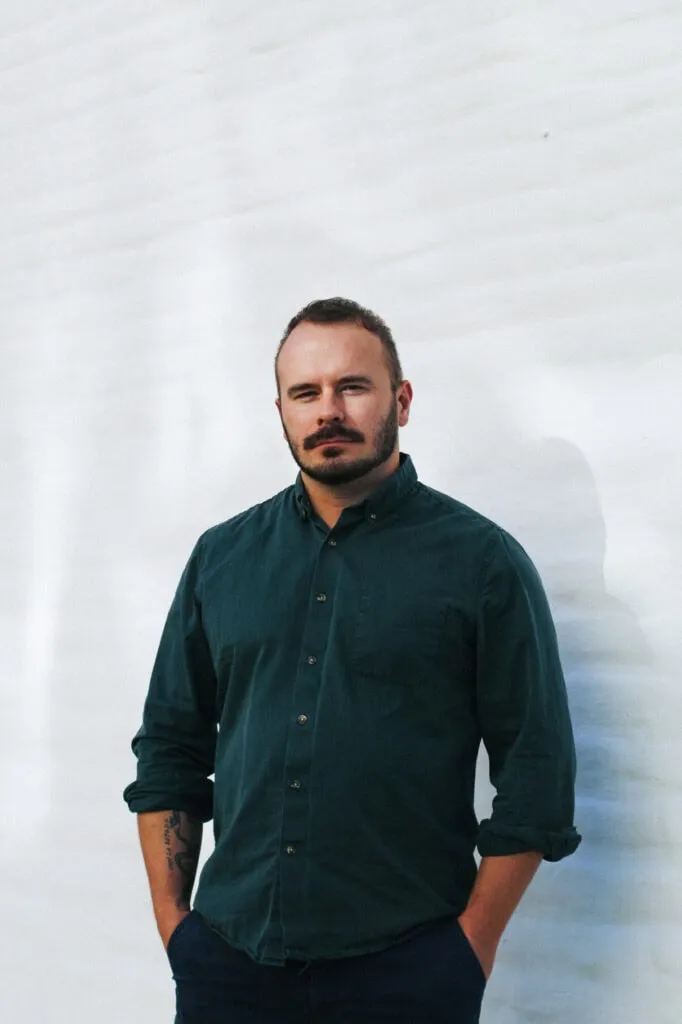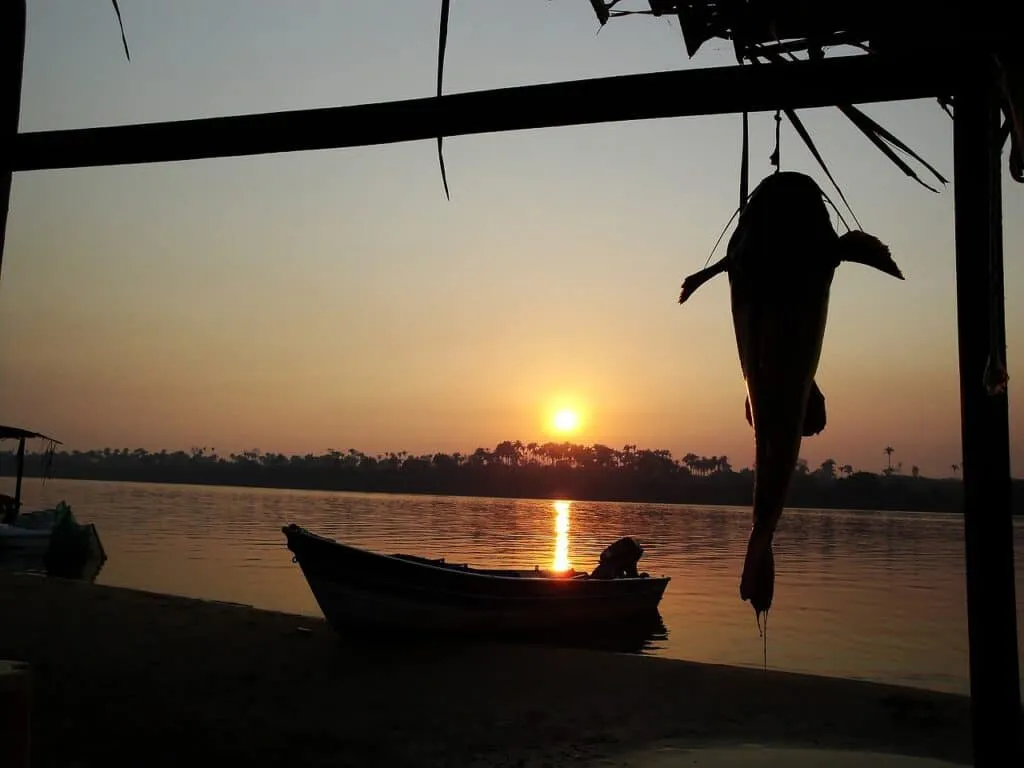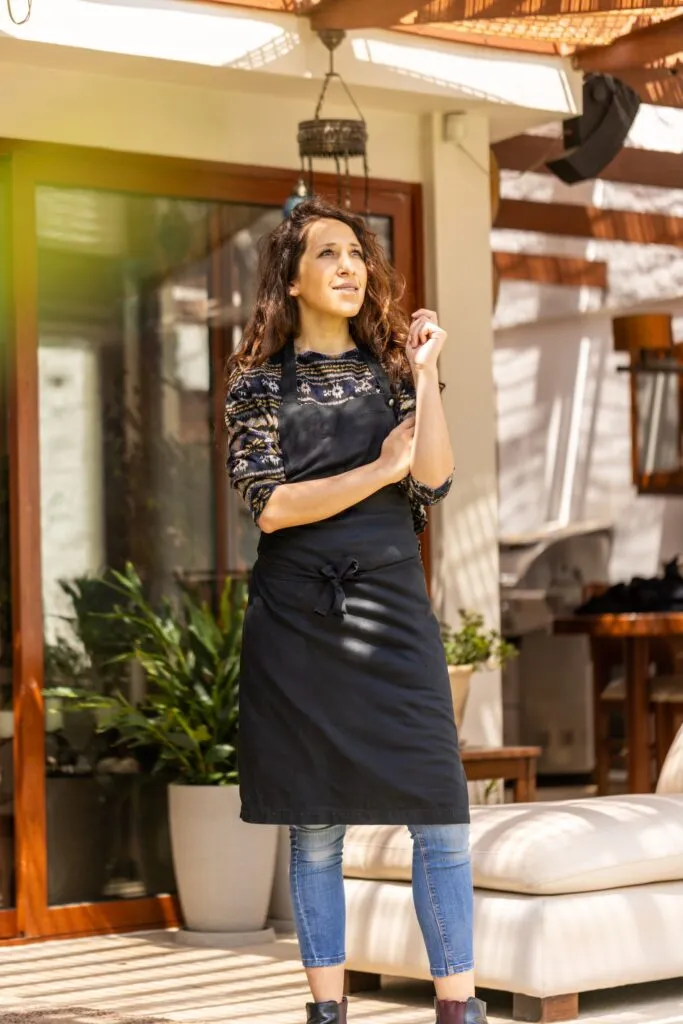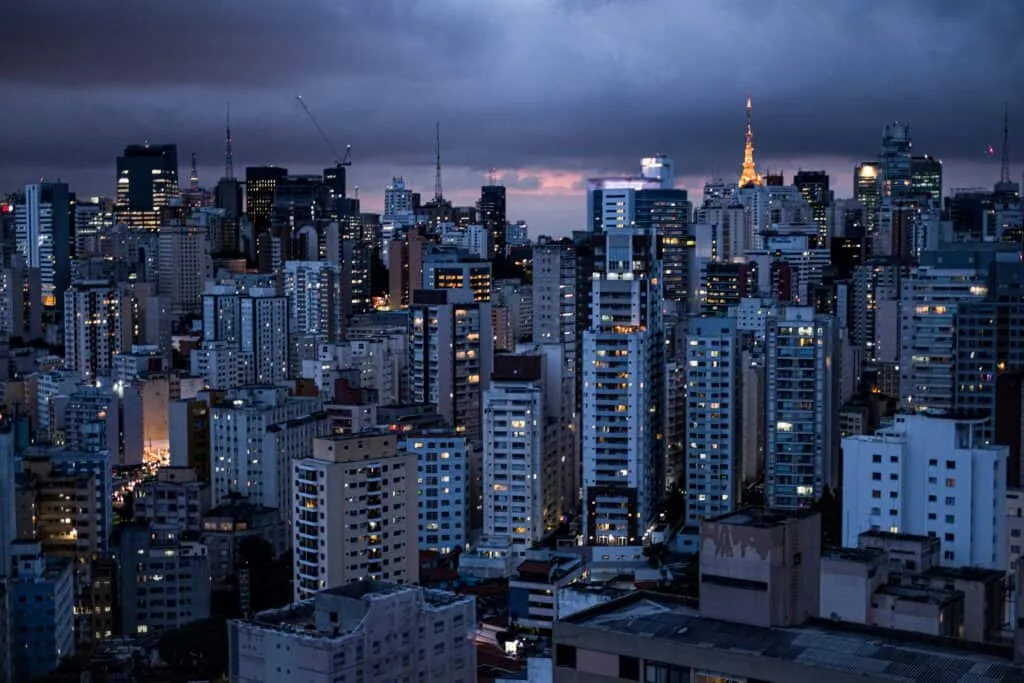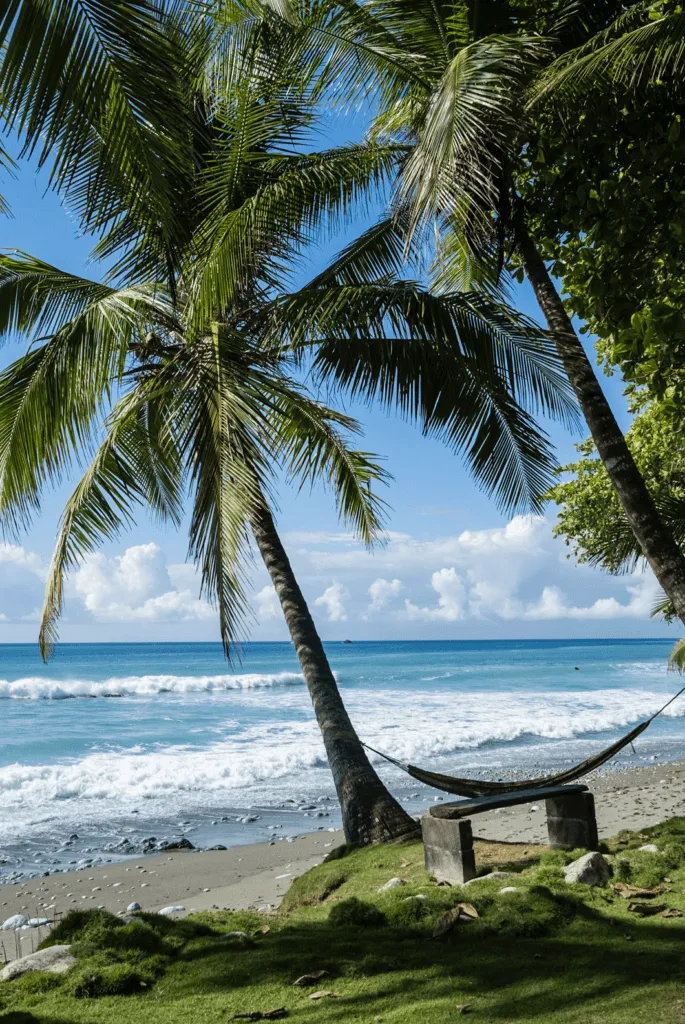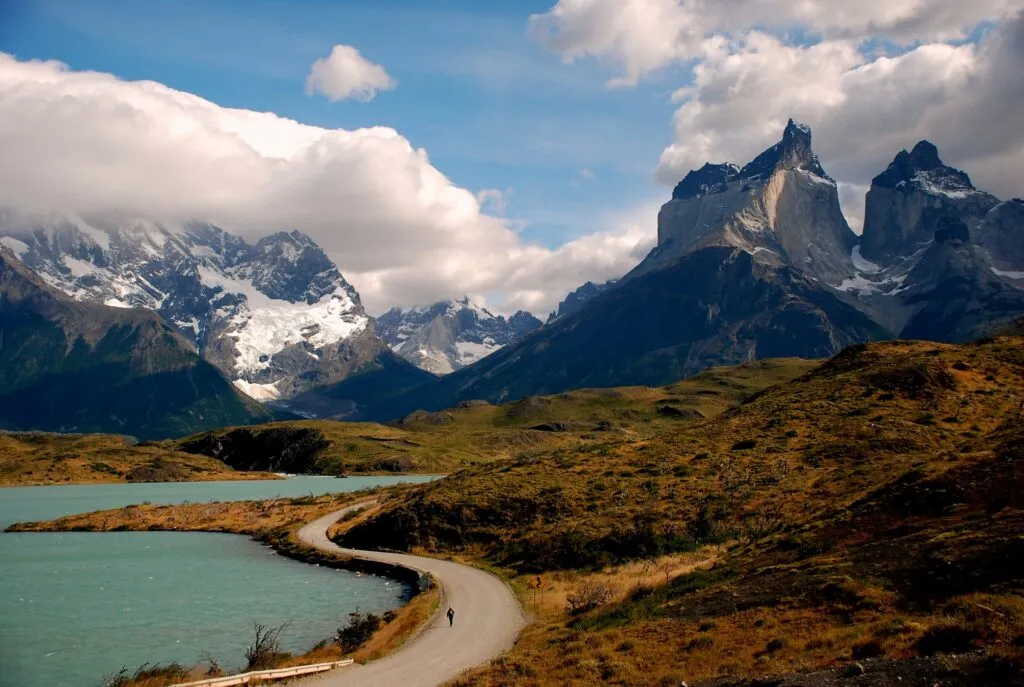
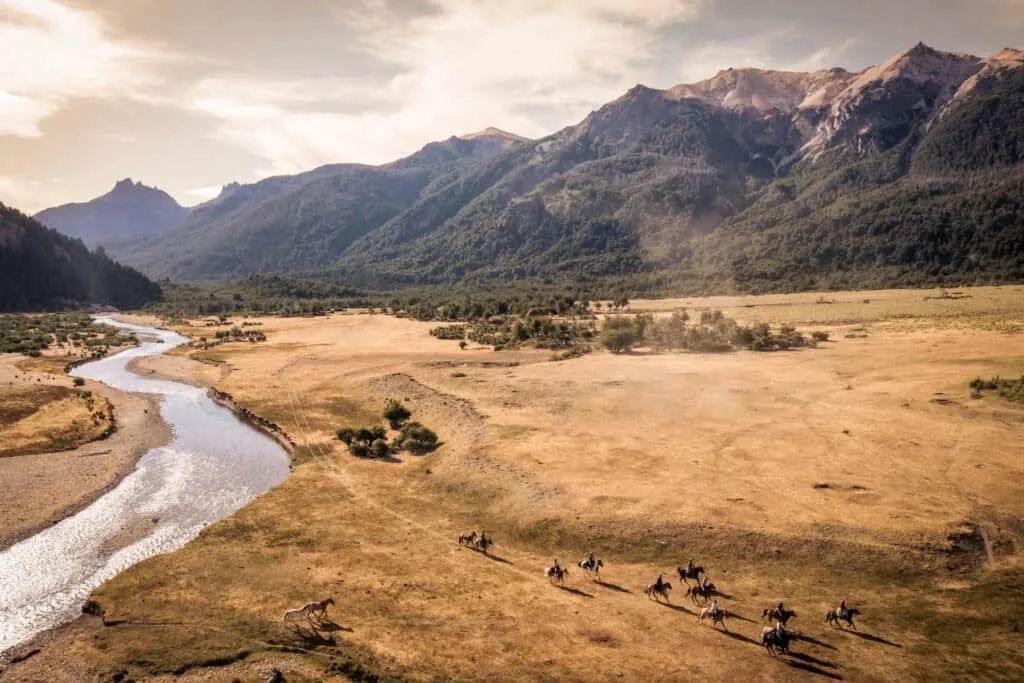
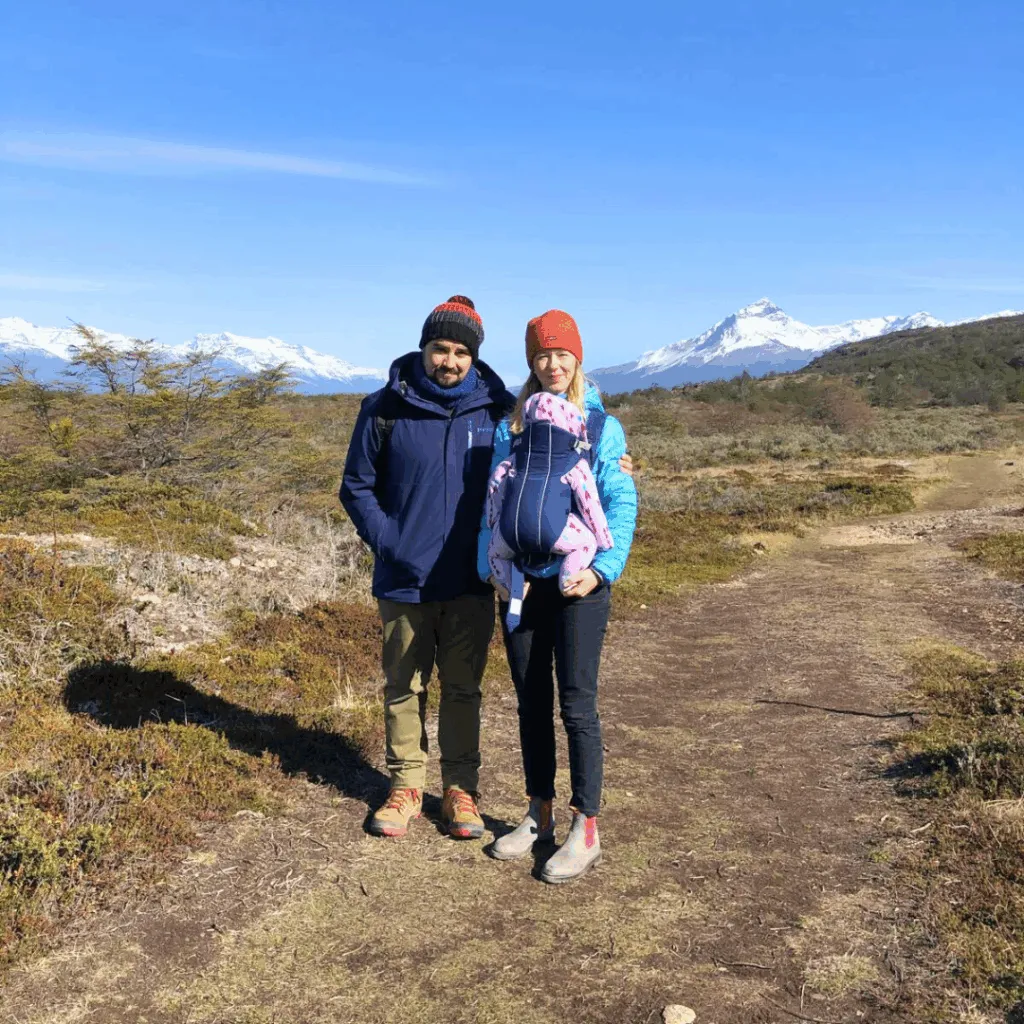
Patagonia’s vast landscapes, uncomplicated comforts and boundless scope for adventure make it a surprisingly natural fit for families.
It might not strike parents as the obvious place to take children – remote, wild, logistically complicated. Yet with the right planning, Patagonia can be the most remarkable classroom and playground: a place where little ones swap screens for binoculars, and teenagers who might baulk at yet another museum will happily strap on crampons for a glacier trek.
To show how it works in practice, we asked our Director of Travel, Hattie Mills – mother-of two and Patagonia expert – to answer the questions most parents ask.
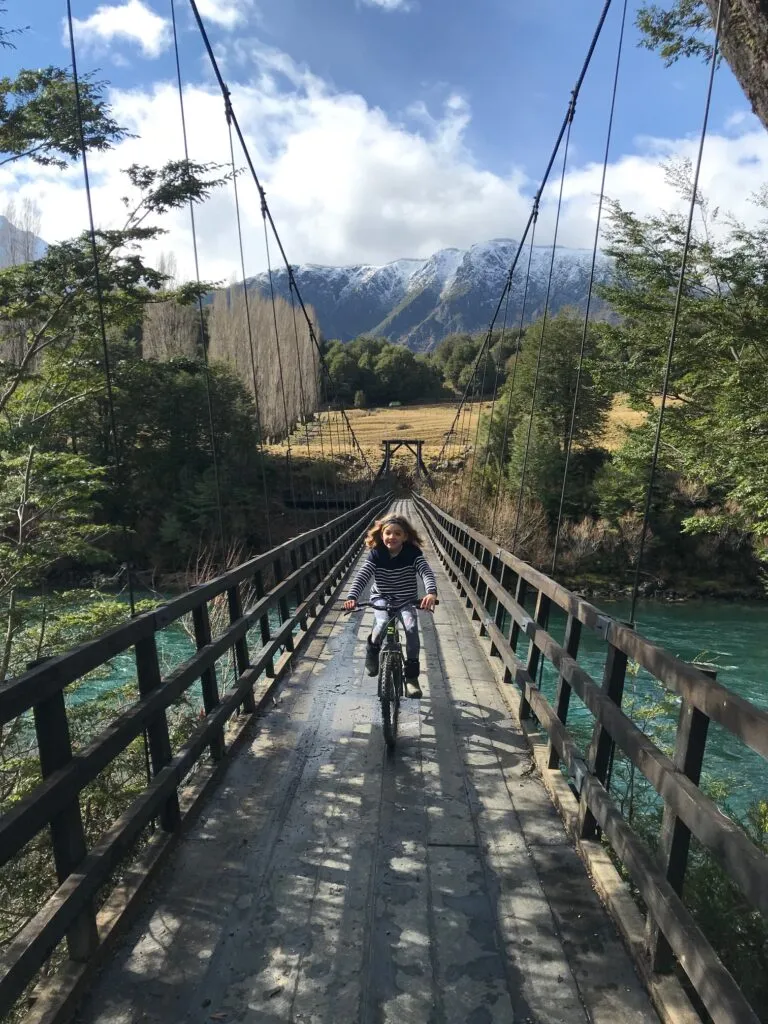
Why Patagonia with children – what makes it worth the effort, compared with more ‘obvious’ family holiday destinations?
Many parents can’t fathom a two-hour car journey down the M4 with kids, let alone a trip that requires some not-uncomplicated logistics to get to.
Once you’re there though, the mind-blowing landscapes, the sheer space, some weird and wonderful wildlife and a multitude of outdoor activities will convince you that you made the right choice. The best bit is seeing it through their eyes for the first time.
Not going to lie; the kudos among other parents is hard to beat too!
What ages does Patagonia work best for?
Any age, providing it’s planned well with plenty of flexibility – especially with younger kids. We set a manageable pace, arrange private transfers so you can stop regularly for bathroom breaks, and work with sparky guides who have a knack with little ones and can build in downtime when it’s needed.
Babies who aren’t crawling or walking yet can be slung into a backpack for a few hours of hiking. I visited with my one-year-old in Patagonian springtime and we stayed at The Singular in Puerto Natales. She adored the hotel funicular, the windswept hikes (in the backpack), and all the other travellers who marvelled at such a little person in such a remote spot!
Toddlers can be trickier, but it is possible if you settle in one spot for at least five days. Buyouts are best as they mean you have the run of the place – no need to worry about waking other guests at night, and plenty of space for them to totter around without worrying they’ll be a nuisance. Activities can be organised around nap and meal times, too.
From seven and up, Patagonia really opens up, with kayaking, hiking, zip lining, fishing and cooking classes (seven tends to be the minimum age). From twelve, they can try horse riding, river rafting, and do the more challenging hikes.
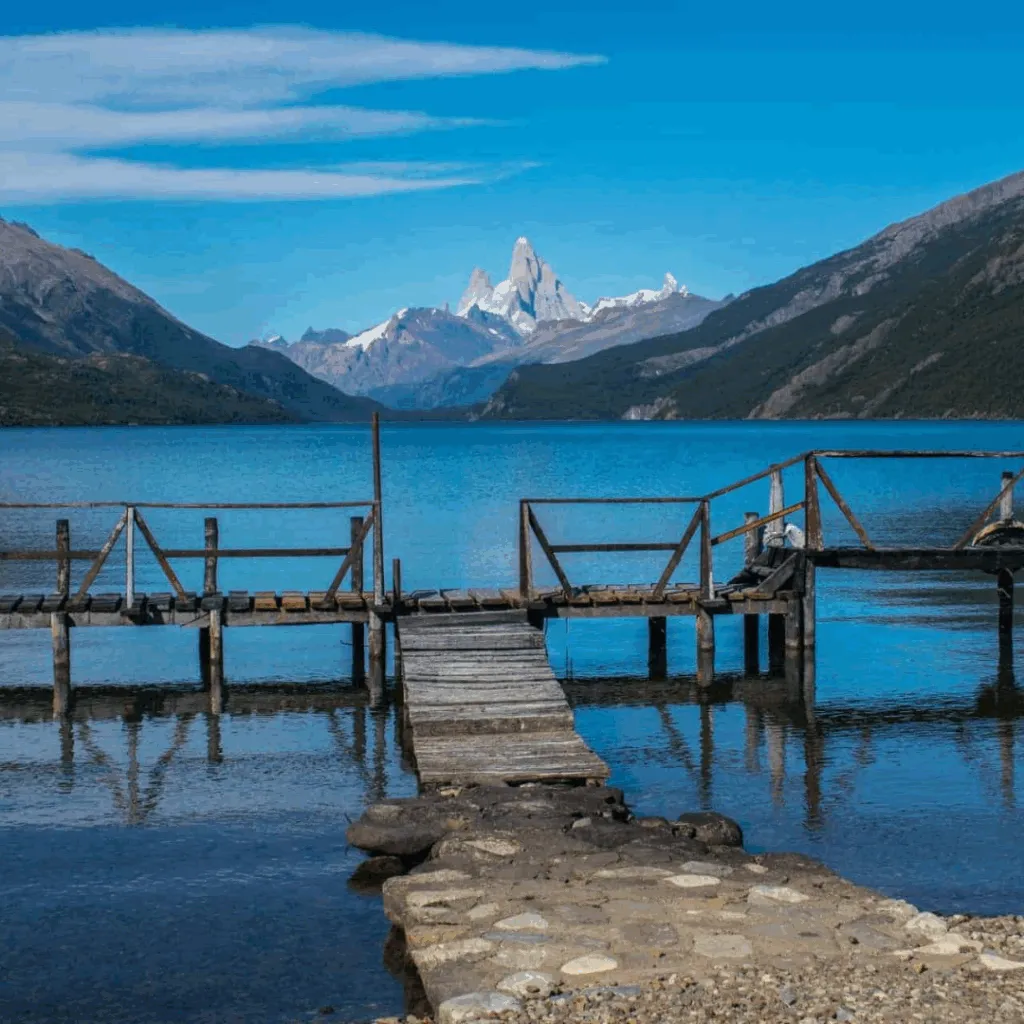
Patagonia is vast – how long should families allow for a trip, and how do you make the distances manageable for children?
It’s all about slow travel. If you’re going all that way, slow it down and soak it up! It deserves at least four nights, and up to ten days.
Be prepared for two long travel days at the start and end. It’s inevitable, but can be made more tolerable with plenty of stops to admire the view, wildlife-spotting, and a delicious local lunch along the way. Once you arrive, really make the most of it by staying for a good stretch.
The journey can be tiring, so consider that the first day you might want to take it easy in the morning and do a gentle half day activity in the afternoon, and work your way up to some adrenaline-filled full days.
There’s nothing worse than feeling like you haven’t got long enough and you rush around and end up exhausted; that’s when tantrums brought on by tiredness can start, and we all want to avoid those!
Which regions lend themselves best to family travel, and why?
Futaleufú is fabulous for the sheer variety of activities it offers, and San Martin de los Andes for private estancias – perfect for multi-generational trips.
Torres del Paine and El Calafate for teenagers and young adults who are keen hikers or riders, and coastal Patagonia for small kids into marine wildlife.
The Carretera Austral for quality time behind the wheel, dirt road driving, and lots of time to talk and sing to your favourite playlists.
Some parts are easier to reach than others. Northern Patagonia, for example, is a short flight and drive, whereas Southern Patagonia means more hours in the air and on the road to reach your final destination.
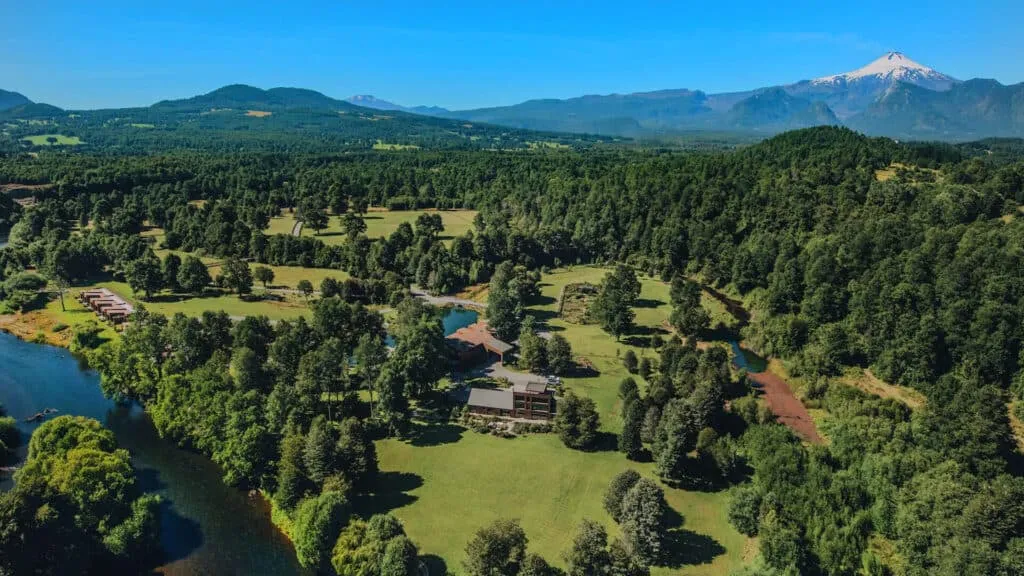
Where should families stay?
More often than not, we steer guests towards smaller, privately-owned properties that are flexible with dinner times, provide food for picky kids, and have guides and activities that are geared towards the family experience.
One favourite is PATA, owned and run by a young family who know exactly how to cater to every age group. Kids can be out doing a different activity every day and making friends with the resident and local kids, whilst parents and grandparents can join in too, or have some time out to read a good book on the river beach.
El Porvenir is a private, working estancia perfect for multi-generational families. Riding is a must but the farm is so big you can head out hiking on one of the many trails, stopping for picnics on the river and condor-spotting. Every day will be tailored to your rhythms and Julia, the owner is a consummate host.
Vira Vira offers small, shared experiences and is great for kids 12 years and older who want to hike up an (active!) volcano, learn about the local indigenous Mapuche community and kayak the rivers and lakes in the area.
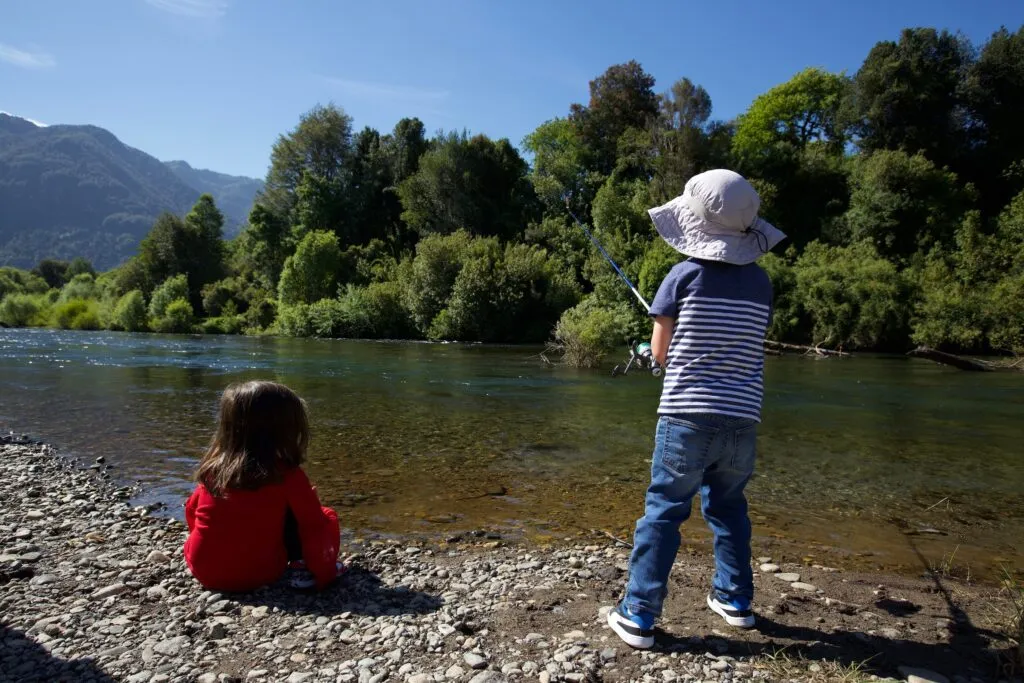
When’s the best time to go – is there a ‘sweet spot’?
The summer months in Patagonia are December, January and February. This is the best time weather-wise, but less good for availability and pricing. My top tip if these are the only months you can do due to school holidays is to book at least one year in advance. Remember though: you can always expect four seasons in one day in Patagonia!
The Easter holidays are a sweet spot. It’s the very start of autumn, but you still have some fine weather days left. Morning and evenings will be getting chillier but the colours will be beautiful.
For kids who have finished school and who have a bit more flexibility with dates, November/early December or March would be my top choices – you’ll catch the tail end of spring and early autumn, and there will be fewer people travelling.
Is Patagonia safe for family travel?
Yes, absolutely. We’ve personally vetted the properties we recommend, we map out the logistics down to the finest detail with our trusted partners on the ground, all activities are tried and tested for their suitability for kids, and our guides are well-trained and experienced.
Our concierge team is also on hand 24/7 if you need. In the past, they’ve arranged a mechanic for a punctured tyre in the middle of nowhere, whisked clients to a clinic for unexpected medical treatment, and even surprised a poorly guest with room service herbal tea and posted a child’s forgotten teddybear back home.
We always recommend taking out travel insurance just in case anything go awry.
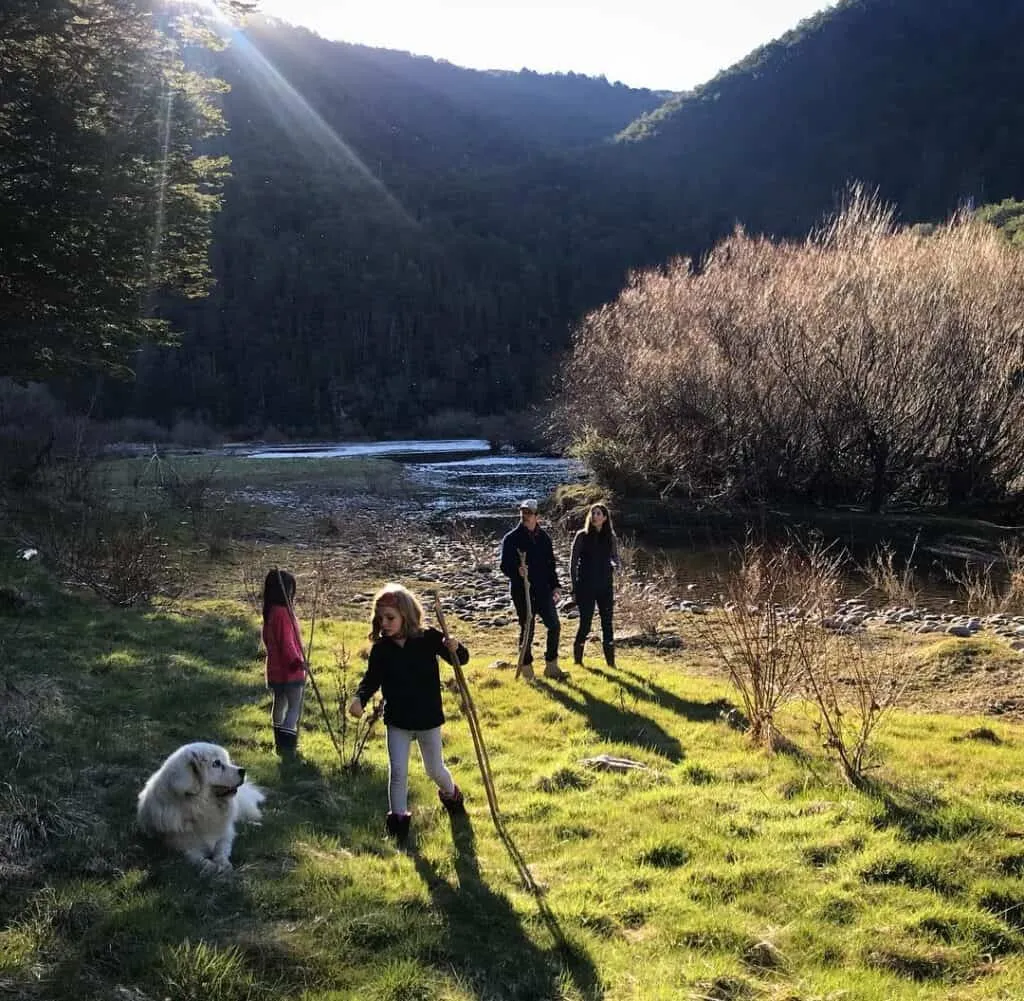
How should families prepare before going – what’s on the packing list?
Having the right clothing is very important. Make sure they have a waterproof jacket, cosy fleece, waterproof trousers and comfortable T-shirts, leggings and trousers for underneath. A hat is essential, as Patagonia is always windy! Hiking shoes and a pair of trainers for indoors. Swimming costumes for water-based activities. Most hotels will offer a laundry service for an additional charge.
Any top tips for parents considering it?
- Make the journey part of the adventure. We might be over it, but my kids (four and six years old) still find flying exciting and car journeys are more tolerable when there are amazing views outside.
- Make sure you have some good car journey games to play (I Spy, What’s your Top 3… etc.), along with colouring pens and paper, and a pack of UNO cards.
- I’ve said it before and I’ll say it again: snacks! Take your own from home, but also give the local corner store snacks a go. It’s part of the fun!
—
Patagonia won’t suit every family. But for those who do make the journey, it delivers proper adventure and a shared sense of discovery like few other places on Earth. At Plan South America, we know how to make it work for children and adults alike. We take care of the logistics so you can focus on the experience: seeing Patagonia open up through your children’s eyes.
